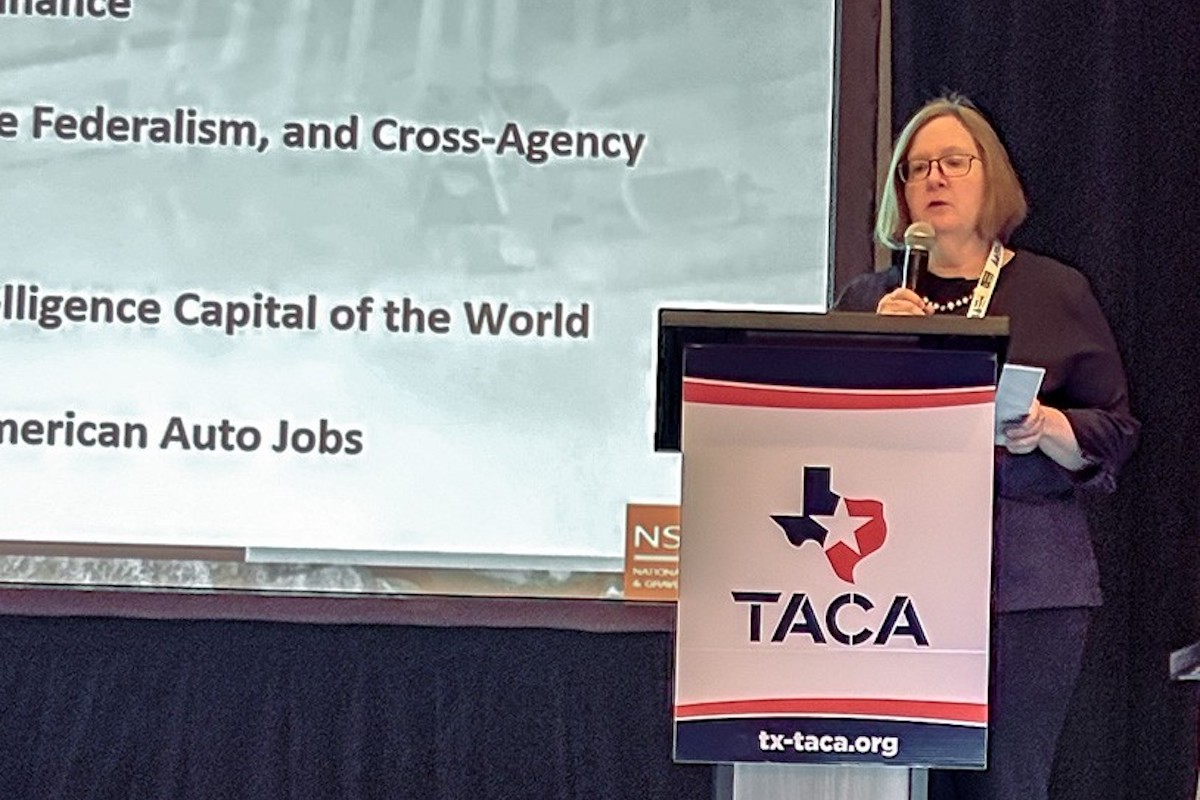In that position, however, he has also seen that the techniques his crews were using for some key parts of their job were inefficient, labor-intensive, and in need of a serious upgrade. Rather than turn a blind eye to it and maintain the status quo, he researched alternatives to that outdated practice, found what he felt was the best one, and brought it onboard. As a result, his crews can now tackle the layout facet of their job more efficiently and with a fraction of the manpower, freeing personnel up to meet other onsite demands.
“We do everything from foundations to shear walls to columns,” he said. “In addition, we specialize in post-tensioned decks, reinforced decks and slabs, including all the reinforcement for PT decks, as well as our own flatwork for slabs and decks. We are a comprehensive provider of concrete services to our customers.”
Zavala himself brought a wealth of experience when starting his company, having spent 14 years with several other concrete contractors during that time. “I worked as a foreman for three other companies, running projects in the field and doing take-offs and other work in slower times. Eventually, the travel that was demanded of me got to be too much, and I decided to set off on my own. I’m glad I did. I love this company, the people, and the opportunity to make things happen.”
“I use LinkedIn a lot and saw what some of my contacts there — people who do similar work to what we do — were using for their work, and that really got my attention,” he said. “I started doing a bit more research and eventually reached out to the Topcon Solutions Store (TSS) to see what they could do for me.”

| Your local Cementech dealer |
|---|
| Romco Equipment Co |
To fully appreciate how an alternative technique could benefit Zavala Corporation, it helps to know that the traditional method to establish gridlines and mark points is to use a 100-foot tape measure and a plumb bob. The problems with that approach, according to Zavala, are many, the most obvious of which is a potential lack of accuracy.
“Imagine that we are working on a 200-foot dimension,” he said. “Even with a steel blade tape, that measuring tape can stretch anywhere from 2 to 3 inches in the summer heat. That’s the result of the person taking the measurement not really knowing how much pressure to exert on the pull. As a result, with that much of a variance, it can get confusing as to where the mark actually should be. And if we are doing something like bolt layout for setting heavy columns, we can’t afford to be off at all, let alone as much as 3 inches.”
“The instrument — we currently operate a pair of LN-150s and one of the previous models, the LN-100 — has dramatically changed the way we do layout now,” he said. “What used to be a two- or three-man job can now be done by one man alone and done far more accurately. The setup is very simple, the instrument is self-leveling, and we already had a comfort level with our FC field computers from use with a Topcon total station.”
He added that a few of Zavala Corporation’s key crew members visited the TSS office for a one-day class on a weekend to learn the overall operation of the instrument. Shortly afterwards, TSS representatives visited a Zavala job site, gave the crews a quick refresher, and provided additional details about the solution. “That was more than enough for us to hit the ground running,” Ruiz said.
Zavala Corporation currently has four main crew members fully qualified to run their LNs, as well as another 10 that know how to run them post-setup. “That’s made a huge difference in productivity,” Ruiz said. “Now I can just say, ‘Sam, can you lay out that footing over there?’ and he can grab the data collector and nail the points for it without any problem. That would typically have meant as many as three people, maybe a long run of tape, and definitely a chance for error. That’s all been eliminated.”
He added that the benefits run even deeper. In the past, for cases in which vital information was missing from the initial design, they would be forced to contact the designer or the engineer, which held up production.
“Now, because we know the info in our data collector is directly from the CAD files that the engineer used to design the building, we are able to add in the missing data ourselves and continue along. No hold-up at all. That’s saved us more than once.”
“They have been outstanding for us,” Zavala said. “We’ve been with them since the initial purchase of our first rotating lasers. Today, we use Topcon RL-H4C Lasers for everything from setting foundation forms to grade, to setting elevations on walls and columns, as well as for pouring slabs. Not only is the TSS team always available to answer any questions we might have, they come out to the site whenever we need them. I can’t say enough about them.”
Ruiz shares a similar level of admiration for TSS but extends it as well to the commitment Zavala has shown to his people in the field.
“We are fortunate that Hugo is the kind of owner that he is,” he said. “He’s truly an innovator, always looking for the best solutions he can find to make our jobs better and easier. That’s what prompted the initial move to the Topcon LNs and, as we continue to grow, I’m sure it will continue to drive additional changes. But for now, we are loving the improvements in workflow we’ve seen. It’s made a real difference for us.”














































































